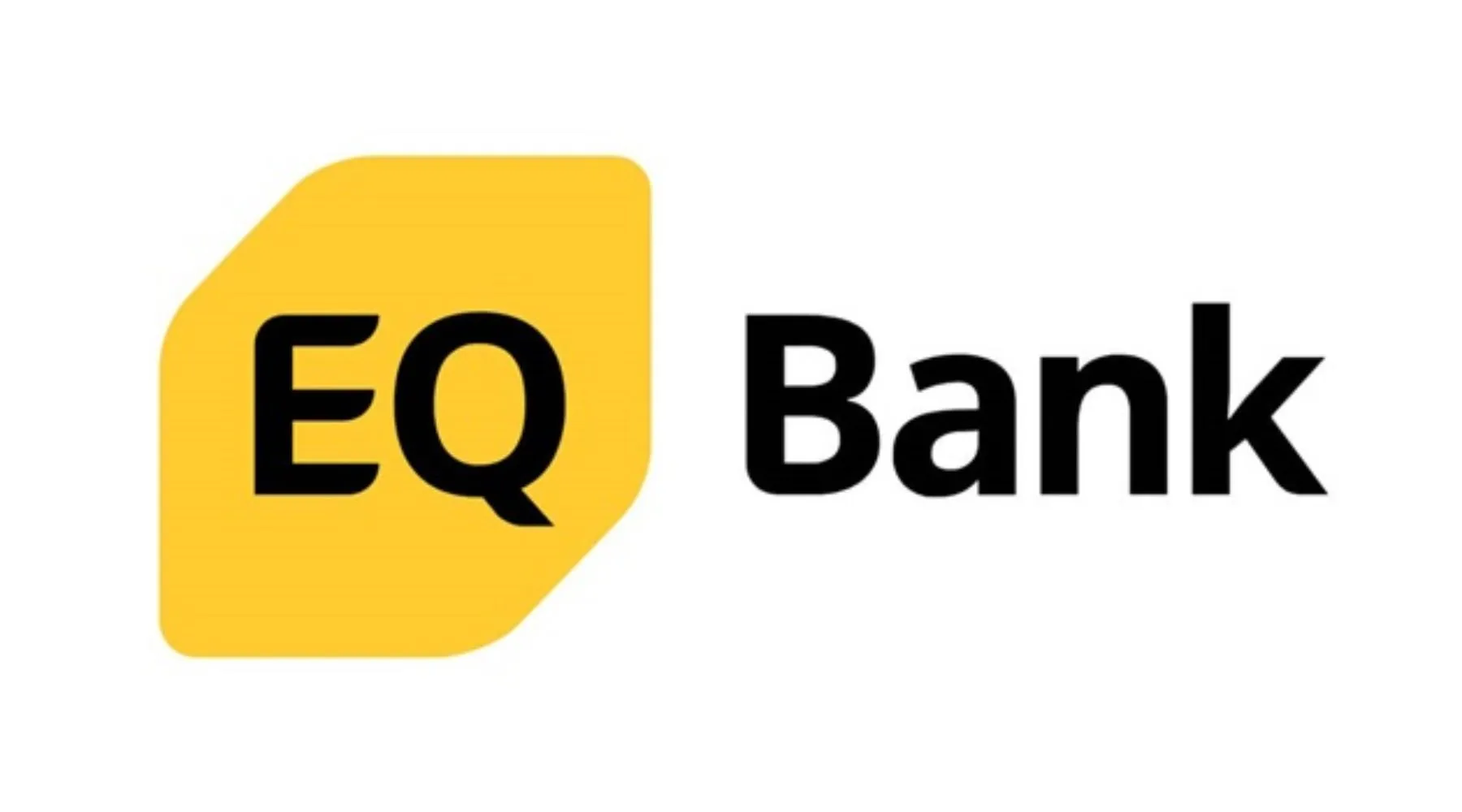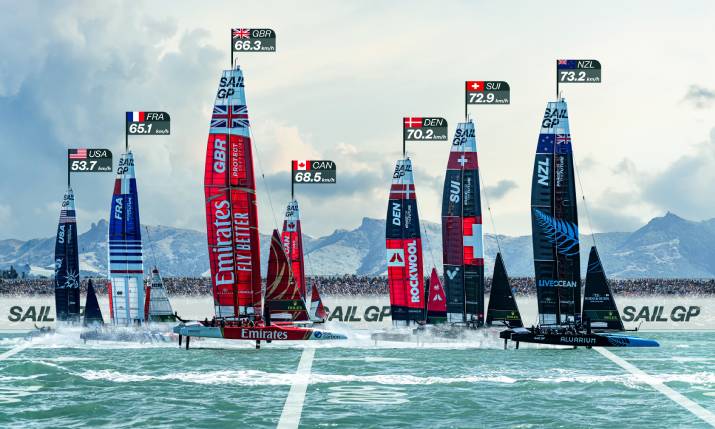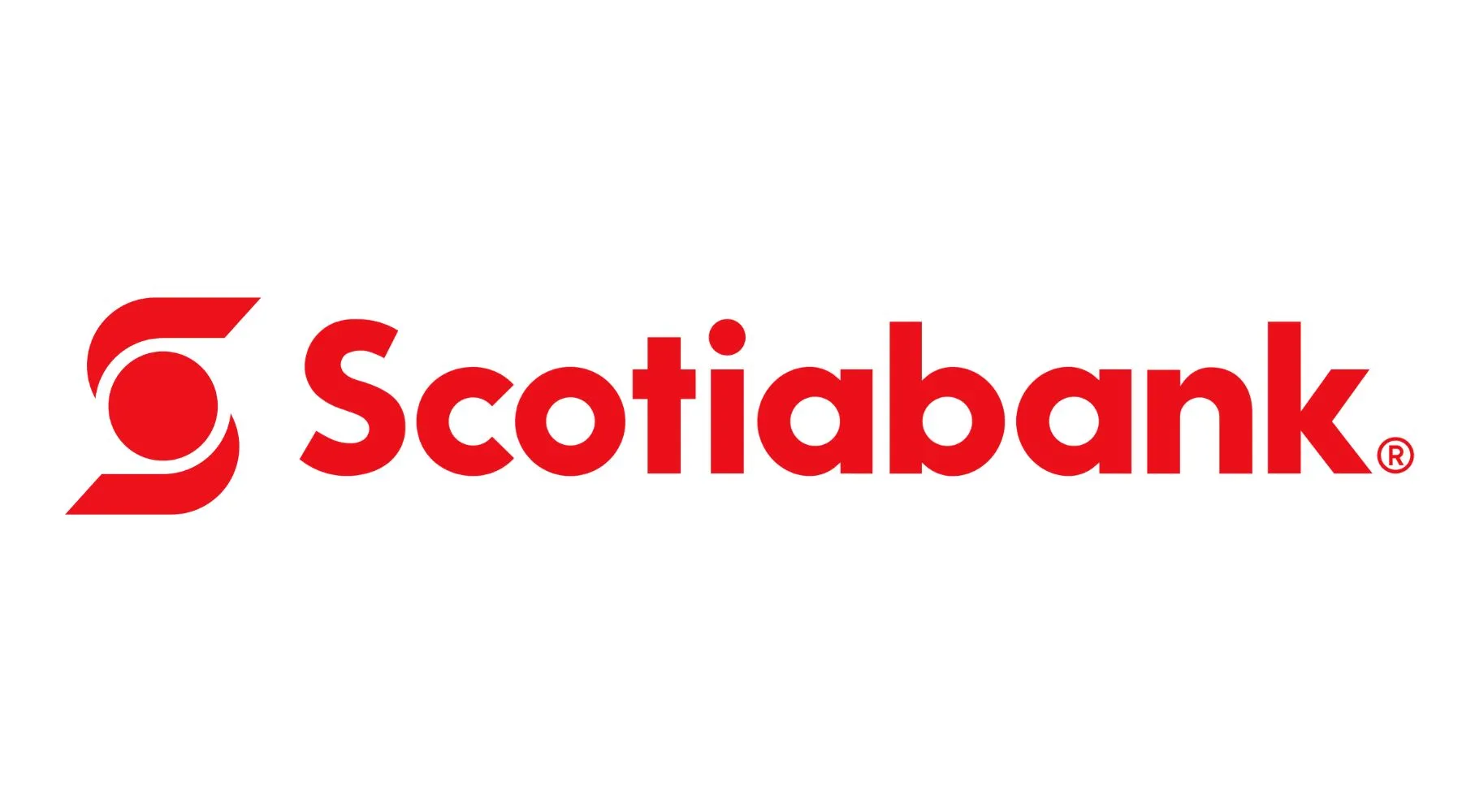Introduction
In the world of industrial solutions, remote assistance has become an indispensable tool for optimizing support, reducing downtime, and ensuring the smooth operation of machinery and equipment. While all other remote assistance applications are still on version 1.0, VIEWAR, a leading player in the Augmented Reality (AR) industry, has continually pushed the boundaries of remote assistance technology, evolving from Remote Assistance 1.0 offering to the visionary concept of Remote Assistance 3.0. In this blog post, we will take you on a journey through VIEWAR’s remarkable progression, highlighting the key differences between Remote Assistance 1.0, 2.0 and envisioning the future with Concept Remote Assistance 3.0, where we see our future.
Remote Assistance 1.0 – Standard Remote Assistance
Remote Assistance 1.0, brought the power of video live streaming transfer from frontline workers to remote experts. While this was a significant leap forward, it had its limitations. In Remote Assistance 1.0, most other providers only ran AR on the sender’s side, transferring a screen recording to the expert off-site. This approach resulted in several challenges:
Lack of AR Tracking: Augmented Reality annotations were only visible on the frontline worker’s screen, with no tracking capability. This made it challenging for remote experts to precisely guide and assist.
Quality Degradation: Video compression was a necessary evil when bandwidth wasn’t ideal, leading to a reduction in image quality. This compression affected both the AR annotation layer and the image capture, causing potential problems.
Remote Assistance 2.0 – VIEWAR’s Leap Forward
VIEWAR addressed these challenges head-on with Remote Assistance 2.0 which is our current version, setting a new standard in remote assistance. You can see this video below of Remote Assistance 2.0. This version introduced streaming camera image coupled with AR tracking, offering several advantages:
Freeze and Draw: With Remote Assistance 2.0, the camera image will automatically freeze when you draw on it. This real-time interaction improved the quality of guidance.
High Resolution Lock: The ability to reduce image resolution while maintaining clarity allowed for efficient remote assistance, even with limited bandwidth. Due to the fact that the images contain tracking information, you can draw on frames with a delay and the system will calculate the actual position for drawing.
Timeline Feature: Remote Assistance 2.0 included a unique timeline feature, enabling experts to rewind the camera stream and draw on previous frames. This was invaluable for troubleshooting and analysis.
Object Tracking: VIEWAR combined remote assistance with object tracking, allowing experts to highlight predefined Points of Interest (POIs) on devices. This eliminated the need for verbal instructions and improved accuracy.
Indoor Navigation Integration: VIEWAR integrated indoor navigation maps and POIs into Remote Assistance 2.0, streamlining the process of guiding frontline workers within remote assistance calls.
Concept Remote Assistance 3.0 – Envisioning the Future
While Remote Assistance 1.0 and Remote Assistance 2.0 have been impressive milestones in VIEWAR’s journey, the true vision lies ahead with Concept Remote Assistance 3.0, where we see our future. This groundbreaking concept seeks to combine remote assistance with AR workflows, ushering in a new era of efficiency and productivity:
Pre-Troubleshooting Workflows: Before initiating a remote assistance call, users can follow step-by-step workflows designed to help them resolve issues independently. These workflows will go through troubleshooting steps, let the user answer questions and record images.
Workflow Integration: If the issue remains unresolved, they can seamlessly transition to a remote assistance call. What sets Remote Assistance 3.0 apart is that the assistant can access the user’s workflow inputs, answers to questions and images, significantly expediting the troubleshooting process for the supporter.
Conclusion
VIEWAR’s offering of Remote Assistance 2.0 and the visionary concept Remote Assistance 3.0 showcases the relentless pursuit of efficiency and productivity in our remote assistance solutions. It addresses the key limitations, resulting in a product that not only meets industry standards but consistently raises the bar. As we look ahead to Concept Remote Assistance 3.0, we see a future where VIEWAR continues to push boundaries and redefine the landscape of industrial solutions, making remote assistance smarter, more intuitive, and more powerful than ever before. Stay tuned for the evolution of VIEWAR’s innovative technology.
Become part of the beta
VIEWAR offers a beta program to participate for experiencing Remote Assistance 2.0 and 3.0, letting you be part of this evolution step. Sign up now by filling in the contact form below.
Visit www.viewar.com/products/helpar/ to learn more about this solution.
#RemoteAssistance #AugmentedReality #ARinAction #DigitalTransformation #ProductivityBoost #BlogPost #Innovation #RemoteSupport


